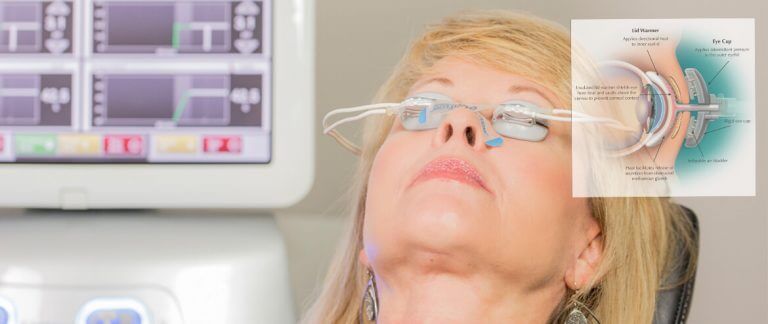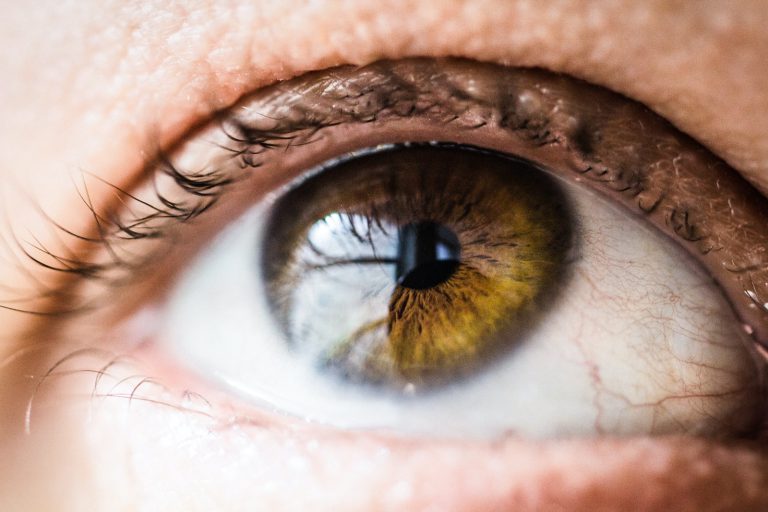
Dry Eye Disease is one of the most common reasons that patients visit us at Eyes On Brighton. The most common form of Dry Eye is Evaporative Dry Eye, affecting 9 out of 10 people suffering Dry Eye Syndrome (86%).
Evaporative Dry Eye is often caused by blockage of the oil glands in your eyelid (the Meibomian Glands). Meibomian Gland Dysfunction (MGD) leads to the tears evaporating faster than normal due to a shortage of oils in your tear film.




© 2023 Eyes On Brighton